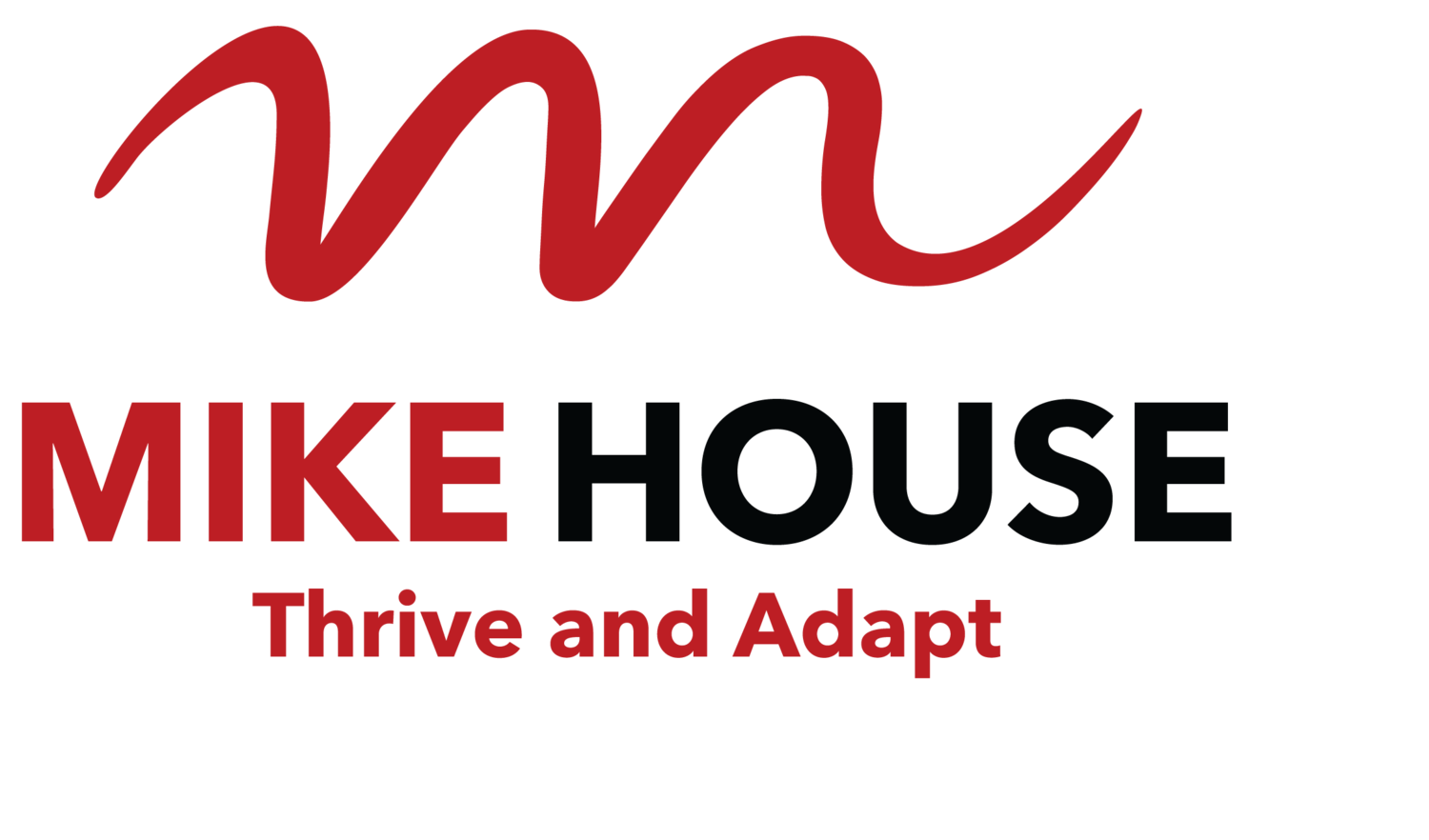9 tips for a DIY retreat
/A retreat is an intentional withdrawal from work to renew recharge and reflect. It's different from a holiday which usually just involves taking time out purely for relaxation. People on retreat generally have something specific they wish to gain and/or leave behind. Perhaps you like the idea of a retreat and you have a preference for DIY, rather than joining a program run by someone else. A DIY retreat is a great thing to do if you can structure the time to be effective for you. Here's some tips for DIY'ers.
Choose a location that is dramatically different from your usual working and living environment. Ideally it will have few distractions and will be a comfortable setting for you. I love to get out into the outback because the scenery, isolation and simplicity of minimalist camping work for me. Others would find this a horrible place to be. A good question to ask is "Where do I feel most focussed, relaxed and at ease?" Consider both specific places and types of locations that work for you.
- Get clear about your intention for the retreat. If you would like some questions to help create that clarity go to this link www.surveymonkey.com/r/Pilbara-Executive-Retreat At the bottom of the information about one of the retreats I run there are a set of questions.
- Remove the distractions. Switch the phone off or even leave it behind. Make sure you can't access email or take calls, respond to social media etc. Genuinely unplug. We are so constantly connected these days that we are often reacting to beeps and pings, rather than being strategic. Let people know that you will be completely off the grid. If there is a possibility that someone may need to urgently contact you, arrange a 3rd person as a gate keeper.
- Create variety. Spend time reflecting, learning, studying, planning or reviewing, mixed in with physical activity like walking, cycling, yoga, or weight training.
- Make the food simple and good. Choose stuff that is easy to prepare and that you know works well for your body. You know the stuff. It leaves you feeling light and energised, rather than bloated and lethargic.
- Don't self medicate. Leave behind the chocolate, alcohol or other drugs and anything else you turn to in discomfort. Allow yourself to be fully present and to feel whatever you feel. A few day without those things won't hurt.
- Plan for some time just to be. Don't fill the entire time with action. Allow time to just sit and be. These spaces create the possibility of greater integration and potential AH HA moments.
- Capture what you got from your retreat in a way that you can bring it to fruition back in your everyday life. After all, that's where the rubber hits the road.
- Do it at least once a year.
If you like the sound of all that but can't imaging having the time or inclination to DIY, I've joined with a team of four other dynamic and inspirational leaders to bring a two day retreat to Perth on October 30 and 31. Lead By Example is a retreat designed for leaders and owners in all kinds of business. if you would like more information for yourself, a colleague, or a family member you can find it at www.mikehouse.com.au/lead-by-example/ We would love to see you there.

























